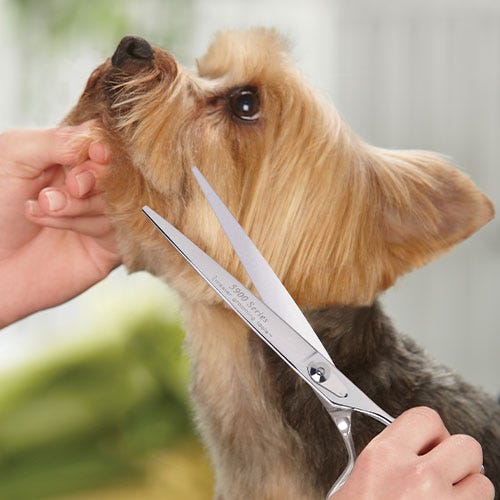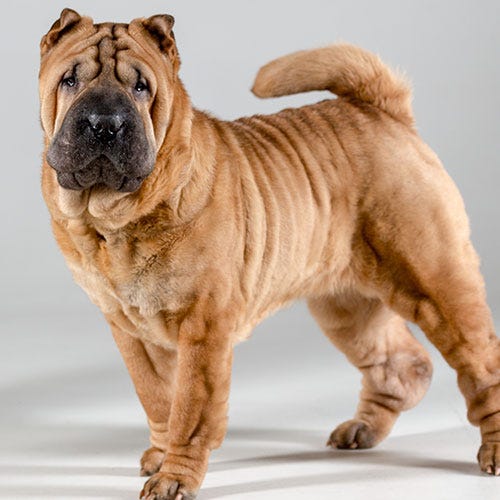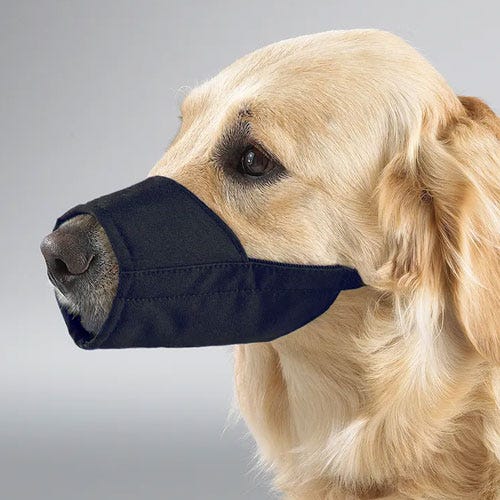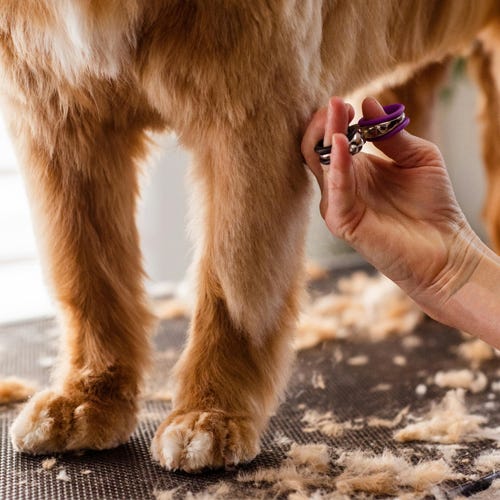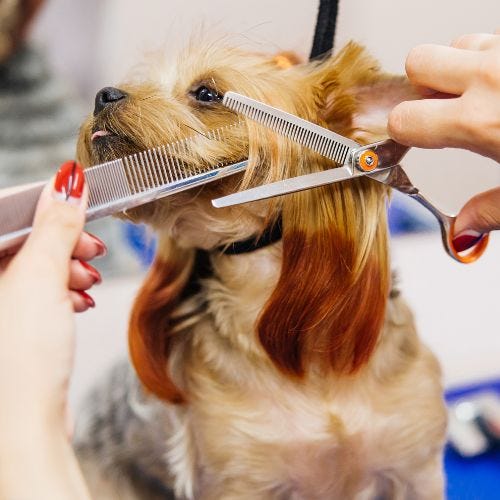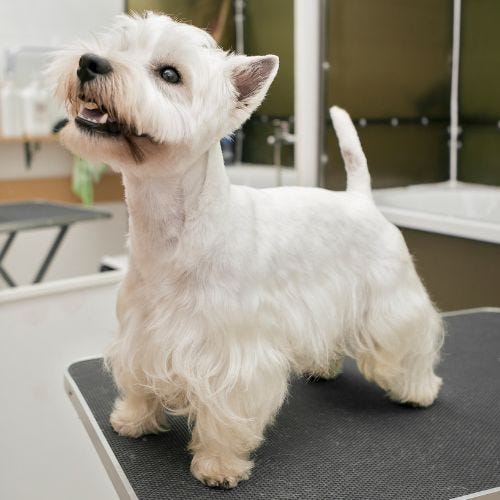Sometimes, dogs come in to be groomed and make strange mouth movements, repeatedly licking their lips, shaking their heads, or smacking their mouths in an unusual way. Experienced stylists know to take a peek to see if the dog is bothered by fur growing over its lips and getting into its mouth.
Bothersome clumps of hair intruding into the mouth are often stained to a rusty, reddish brown because they are constantly exposed to saliva. Hair in-the-mouth problems are commonly seen in breeds such as Shih Tzus with short muzzles and plenty of coat, but they can be found on any dog with a fuzzy muzzle.
Trimming the offending hair at each grooming session is one way to keep these pets more comfortable. If part of the dog's style is to have a fluffy face, allowances must be taken to trim just the fur that is annoying the pet while leaving enough hair to create the cute look you desire. Trimming in this area can be tricky because most dogs are not big fans of having buzzy trimmers on their faces and also because there is a chance of nicking the delicate lips or tongue.
Using a trimmer with a 5-in-1 blade set on a medium or close setting is the safest way to work around these delicate areas. Working on a clean, dry coat, carefully comb the fur up and away from the muzzle's lip line. With your thumb, gently stretch the lip skin back towards the jawline to keep it taut—clip against the grain, removing only the smallest line of fur that grows just above the lip. If done correctly, the tinyclingy hairs that migrate into the mouth will be neatly removed, and the small, clipped line will be hidden by the remaining facial fur.
Some groomers like to trim the area on the upper lip just below the nose, creating a neat, tidy look often called "kissy lips." Using the same trimmer mentioned above, trim the hair from the lip line up to the nose. The nostrils are your guideline, as you only want to remove the hair in the area between the nostrils.
Dogs with a lot of hair growing on their faces sometimes have obvious irritation to the area on the lower lip known as the lip fold. The lip fold can create a warm, moist area where fungus and bacteria may grow, especially if there is a lot of hair to hold the saliva against the skin or if the dog has heavy, thick lips. Gently stretching the skin back and clipping the hair from the area can help allow air to reach the folds. If the area has a foul odor, is red, inflamed, irritated, or obviously sore, recommend the pet owner consult their veterinarian for treatment.
Learning to trim the lip line can help keep the pets you groom more comfortable and has the added benefit of removing much of the stained fur that can mar the looks of a nicely trimmed face.


